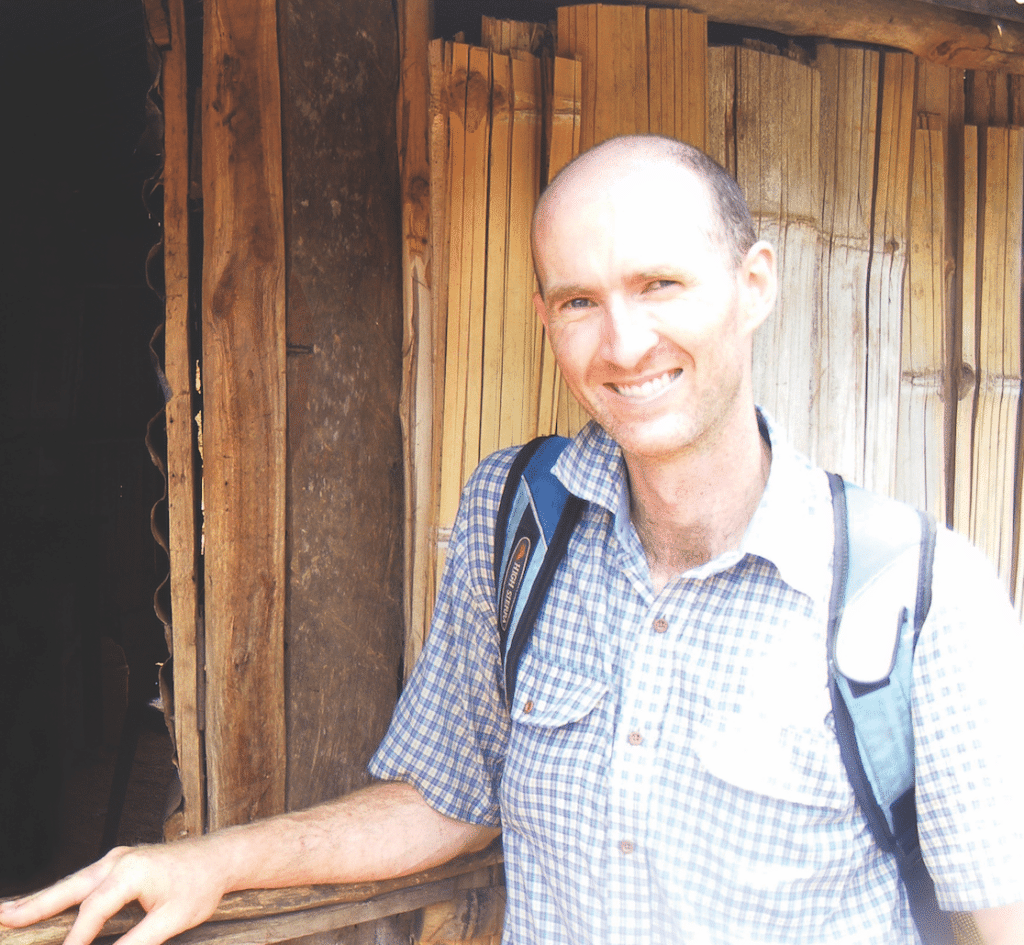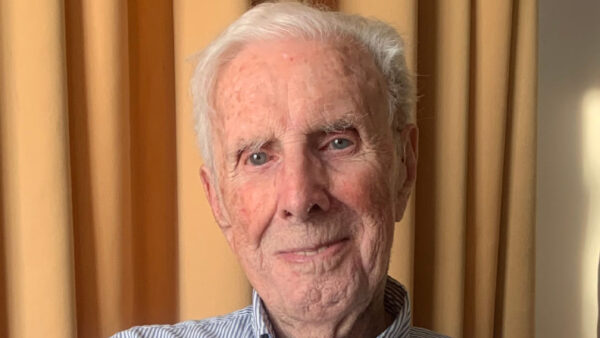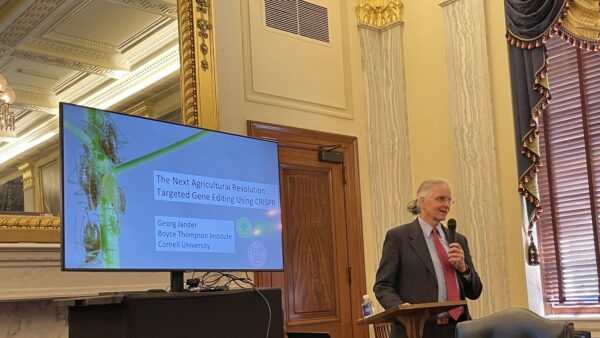
When it comes to improving a budget’s bottom line, the first thing governments around the Western world have turned to is decreasing the amount of foreign aid to help make ends meet. For example, in Australia, it is more popular to decrease the foreign aid budget by 30% — which they have done since 2013 — than to decrease spending in other sectors or increase taxes.
There’s been a change in the trend of funding of overseas aid projects, moving from the public sector to the private sector or a combination partnership. Public-private partnerships are increasingly engaging, but will are they be enough? What will be the consequences of a lack of funding for agricultural projects in the developing world?
First and foremost, there will likely be a shortage of food. The world will have a population of 9.7 billion people by 2050, and to feed them all, we will need to increase our food production from current levels by 70% or more, especially in some countries in Africa and Southern Asia. This will not be a problem for the Western world, but it will be a steep challenge for the developing world. Failing to climb that peak, amongst others, will lead to many dilemmas.
The last famine in the horn of Africa in 2011 resulted in the starvation of 260,000 people, with 15 million people needing assistance. This readily escalates civil wars, as seen in Somalia, and the mass migration of people to safer regions around the world. So the whole reason why populism is practiced, to protect a country from the influx of refugees, is exacerbated by decreased spending on foreign aid.
Short-term thinking leads to long-term problems when it could be long-term solutions. For example, after the Korean War, Australia focused on bringing foreign aid to that country. Over 50 years later, South Korea has become one of Australia’s largest agricultural export markets. If foreign aid hadn’t been designated here, this would not be the rage.
Can private companies alone fill the space that the public sector is leaving? Not at the moment. However, increasingly public,private partnerships are being constructed that recognize the resourcing needs.
I myself have started an NGO called Plant Breeders Without Borders that is sponsored by a large private company. I have been asked by a few people how can I deal with a multinational company. My answer to them is who else wants to do the work? They are willing and need to be part of the solution.
“Remember that it’s about giving a hand up, rather than a handout.”
So how do we encourage more private companies to get involved in foreign aid development? It all starts with passionate people.
I’ve been approached by many young people who are keen to work in aid development, but they find it impossible to locate work due to the amount of experience that is required and the older people in this sector that consult. I suggest talk with their employers to jointly find ways they can get involved in aid projects in agriculture.
This may involve the creation of their own project or joining an existing project as a volunteer. Start small and be realistic, as working in a developing country can be challenging when it comes to different cultures. A short volunteer project could also be completed during vacations. As more confidence is gained in a location, then expectations can be greater. Make sure you do your research and due diligence before you get involved.
Remember that it’s about giving a hand up, rather than a hand out. Local partners also need to be passionate about the project so that it is carried on sustainably when the volunteers leave. Look for partnerships and activities where you share similar values, find aid groups that could be doing similar work or have similar interests and work together.
The movement of public and private funding for overseas aid development takes time and needs the balance of effective partnerships and passionate people to feed the world.













